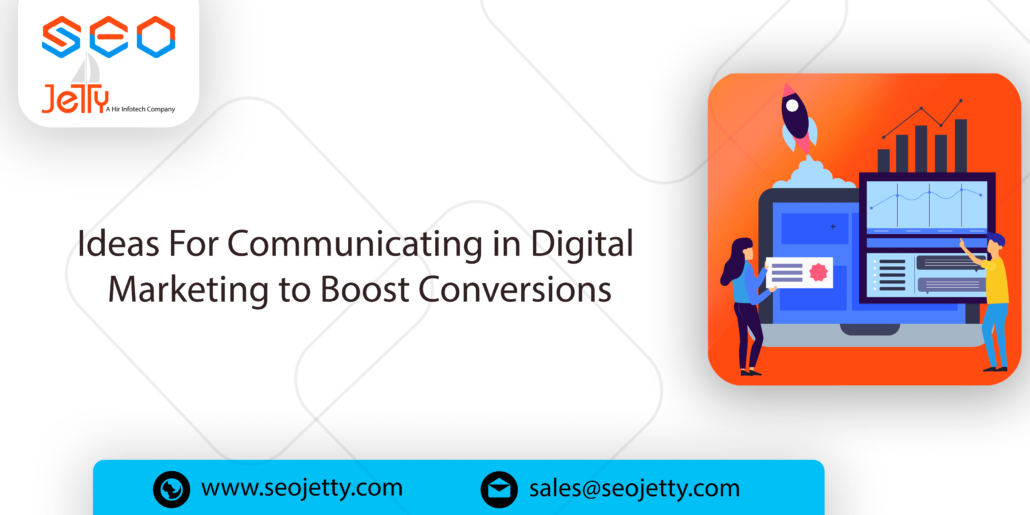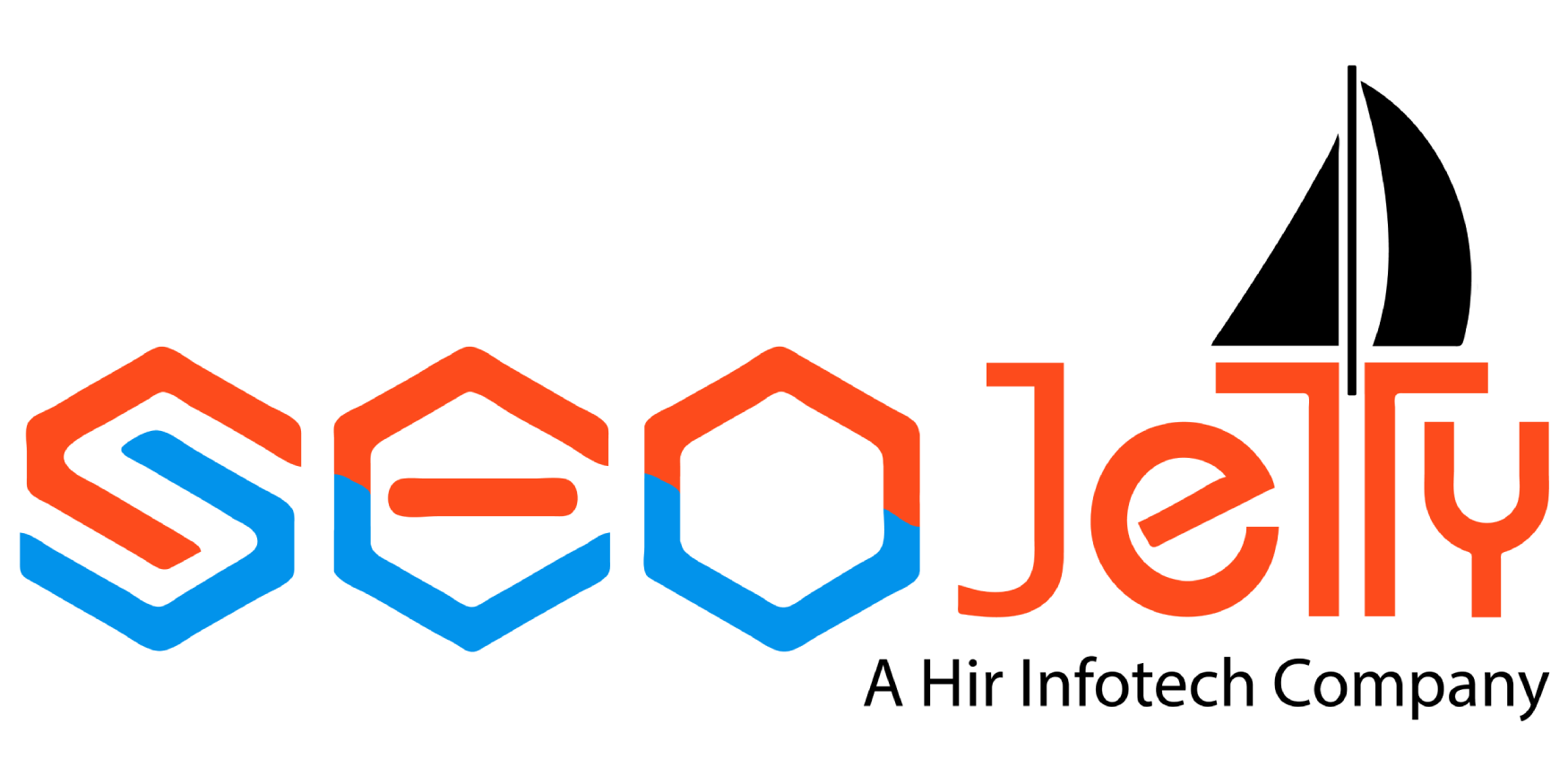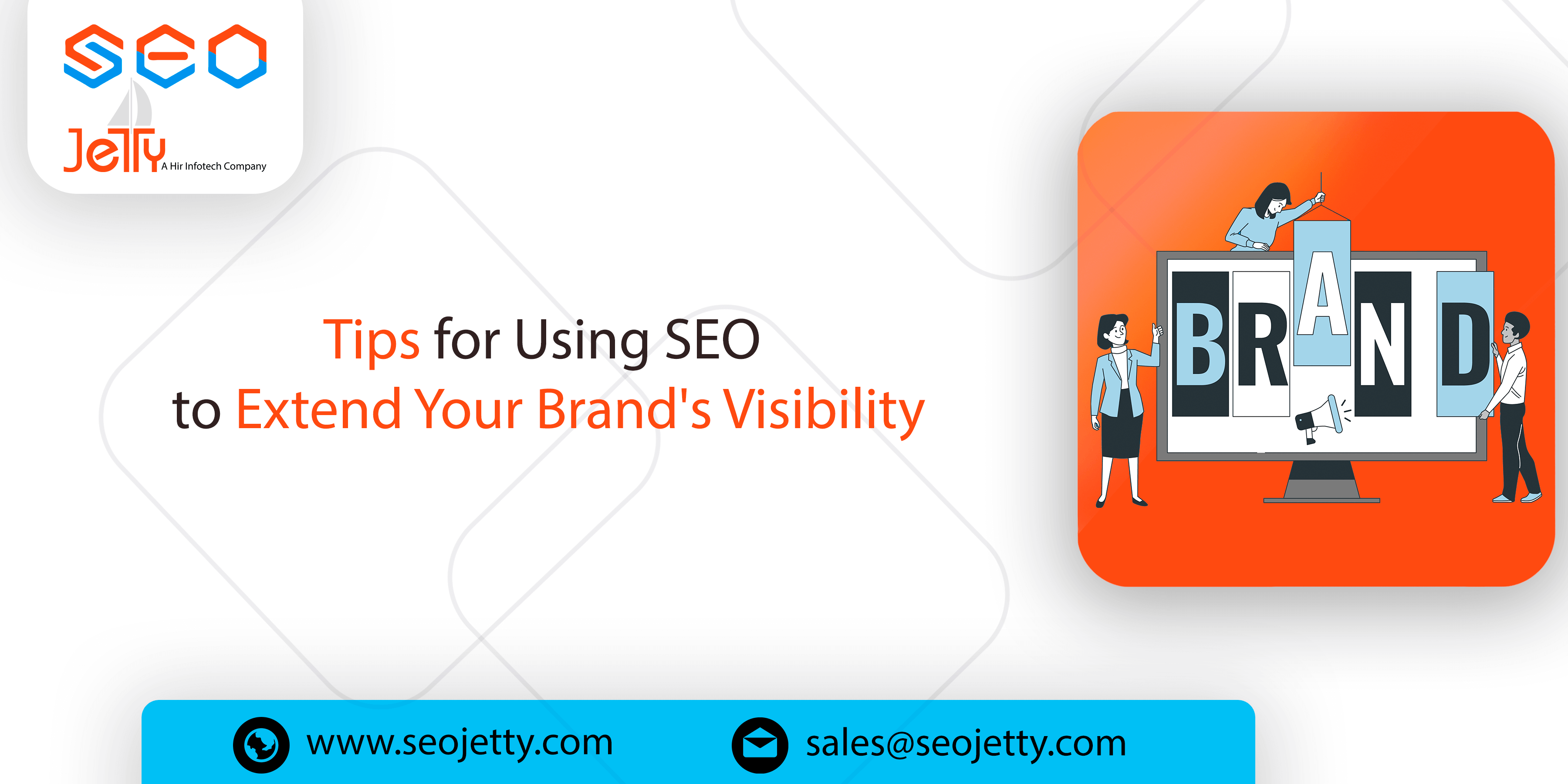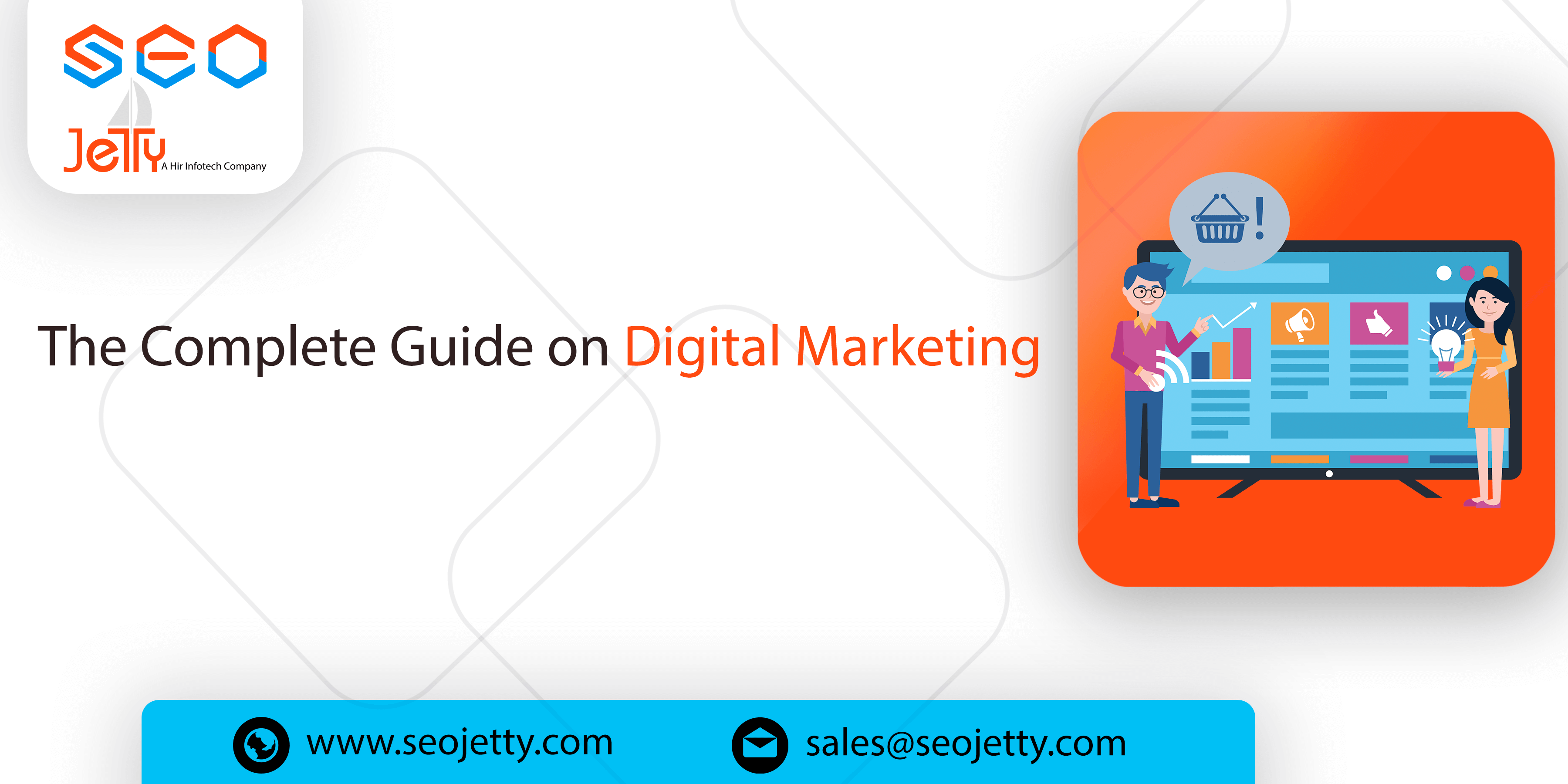
Marketing tactics have changed in line with how much technology is being incorporated into our daily lives.
Digital marketing is incredibly powerful, but it’s easier than ever to get started. As a result, there is fierce rivalry from other businesses and a lot of noise in the market, which you must overcome if you want to draw in customers.
Make the Advantage Visible
Make sure to explain in your content what your customer would get from purchasing from you so that they feel confident and at ease making that choice. If you are marketing an experience, for instance, explain how the vacation will make them feel renewed and revitalized, ready to travel back home with more vigor. For the majority of products, describe how using it will improve or simplify their lives. It will be simpler to convert their leads into sales if you can explain what’s in it for them.
The Customer is The Hero, Not You
Leads are more interested in how your company will meet their needs or wants than they are in you personally. It’s crucial to create a compelling narrative when delivering material for an email campaign, blog post, or landing page rather than merely making a sales pitch. Your persuasive writing must really persuade the audience that they require your good or service to improve their lives. You are not the hero in the marketing narrative; the customer is.
Make Content to Draw Traffic
It has been demonstrated to firms using this strategy that content marketing is not a fad that will soon fade away. The best strategy to persuade people to convert is to make interesting content that draws quality website visitors who are probably interested in your goods and services. To convert blog readers into paying customers, don’t forget to provide links to product sites or a call to action at the end of your material.
Never Attempt to Trick Your customers
Be honest and accept that the method you’re utilizing has certain drawbacks. Mass emails, for instance, will always give off the impression of being mass-produced. Cheap, copy-and-paste, and poorly done. Be genuine and direct with your customers rather than attempting to hide this and give the impression that you “handwrote” each communication. You can succeed in the marketing game by being aware of these constraints and not treating your customers like simpletons.
Make It Simple to Find Your Call to Action
Finding what works best for increasing conversions is always a trial-and-error process. Email campaigns occasionally depend on the time of day or day of the week the email is delivered, in addition to the subject line. Additionally, make sure the email’s call to action is near the top center of the message so that readers can click it without having to scroll to the bottom. You might need to conduct an A/B test on your emails to determine the most effective subject line as well as the ideal day and time to send them.
Include a Good Story in Your Marketing Message
The power of storytelling is immense. There is a larger probability that the audience will pay attention and engage more fully with the message if the communication’s format and medium encourage the telling of a relatable narrative. An effective connection is made in the listener’s mind when they reflect on similar events in their own lives as a result of good, upbeat storytelling. A compelling tale can make a marketing message more “sticky” and efficient.
Frequently asked questions :
Which conversion rate is ideal for digital marketing?
Your website will be 6% effective if 6% of visitors sign up for your mailing list or buy something. However, that’s actually really, really good. In reality, a “good” website conversion rate in all businesses ranges between 2% and 5%. Conversion rates amongst industries vary considerably more.
What are conversions in digital marketing?
The point at which a recipient of a marketing communication performs the desired action is known as a conversion. In other words, convincing someone to take action on your call to action constitutes a conversion.
How does digital marketing track conversions?
Conversion actions can be built in analytics programs like Google Analytics or, in the case of digital advertising campaigns, on all of the main ad networks. The conversion action must be initiated in order to record the conversion as soon as a particular activity, such as signing up for a newsletter, is completed.









